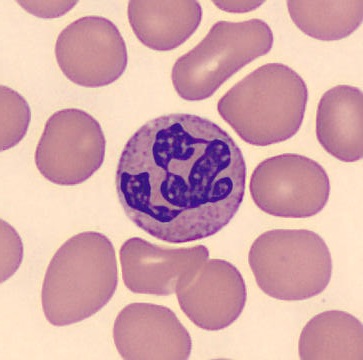Test Results plus Symptoms diagnosis bloodtest
 Published: 7 Apr 2024
Published: 7 Apr 2024
Blood Test Components
A typical blood test includes three main tests:
- Complete Blood Count (CBC): Measures blood cell count and levels.
- Metabolic Panel: Evaluates blood chemistry, including glucose, electrolytes, and liver and kidney function.
- Lipid Panel: Assesses levels of triglycerides, LDL cholesterol ("bad cholesterol"), HDL cholesterol ("good cholesterol"), and calculates the total cholesterol to HDL ratio.
Interpreting Results
Each test provides information about different aspects of health:
- LDL Cholesterol: High levels are linked to heart disease and clogged arteries.
- HDL Cholesterol: Protects against heart disease.
- Total Cholesterol to HDL Ratio: Indicates heart disease risk.
- Triglycerides: High levels can increase heart disease risk.
NHS Health Check
An NHS health check typically includes a finger prick test that measures glucose and cholesterol levels. These results help assess risk for heart and circulatory diseases and diabetes.
Additional Tests
Blood tests can also diagnose specific conditions, such as:
- Troponin: Detects heart attacks.
- BNP: Detects heart failure.
- INR Level: Monitors blood clotting in individuals taking warfarin.
Blood Collection and Processing
- Blood samples are usually collected through a finger prick or vein draw.
- Samples are sent to a laboratory for analysis.
- Blood bottles contain anticoagulants to prevent clotting.
Uses of Blood Tests
Blood tests are used to:
- Monitor health and well-being.
- Diagnose and manage diseases.
- Evaluate medication effectiveness.
- Guide treatment decisions.
 Published: 7 Apr 2024
Published: 7 Apr 2024